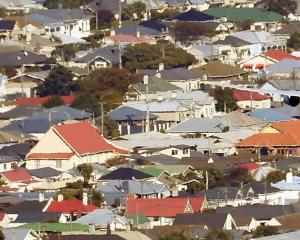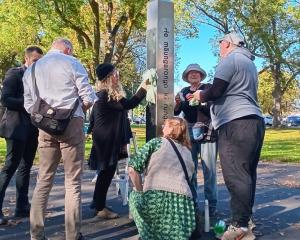The juveniles will live in an outdoor enclosure at the sanctuary, but their move brings one step closer the eventual return of tuatara to wild habitat in the South Island.
"It's very exciting," sanctuary general manager Chris Baillie said.
"We are hopeful that, in the future, a thriving population of tuatara will live in the ecosanctuary to inspire visitors to assist in the protection of this precious reptile."
The tuatara came from the University of Otago and will be closely monitored in the secure outdoor tuatarium.
University researchers have been studying how tuatara respond to the colder temperatures of the South.
Tuatara are native to New Zealand and once lived as far south as Bluff, but all captive tuatara in the South Island, including those in Invercargill and Queenstown, now originate from the few dozen populations found on offshore islands in Cook Strait and northern New Zealand.
Project leader Associate Prof Alison Cree, of the university's department of zoology, said tuatara laid eggs and warm soil was needed for embryonic development.
Several of the transferred tuatara came from eggs incubated in the sanctuary, so the soils there were warm enough for embryos to survive during winter, Prof Cree said.
PhD student Anne Besson found tuatara basked more efficiently when sunlight hours reduced, and they remained active at temperatures as low as 5degC.
While the tuatara will not be on display, ecosanctuary staff and university researchers are in consultation with the Department of Conservation and iwi about the eventual free-release of tuatara within the sanctuary.
The tuatara youngsters are not the only new arrivals at the sanctuary.
The hatching of the first kaka chick has also thrilled staff.
Ms Baillie said a young pair of kaka - "barely the minimum age" - were released into the sanctuary last year, had paired up, found their own nest hole, incubated two eggs and were now rearing a young chick.
The chick was about 40 days old and still had grey feathers, she said.
The other egg is believed to be no longer viable.
The sanctuary hopes to establish a viable breeding population of kaka which could eventually negate the need for a captive breeding programme.
Advertisement













